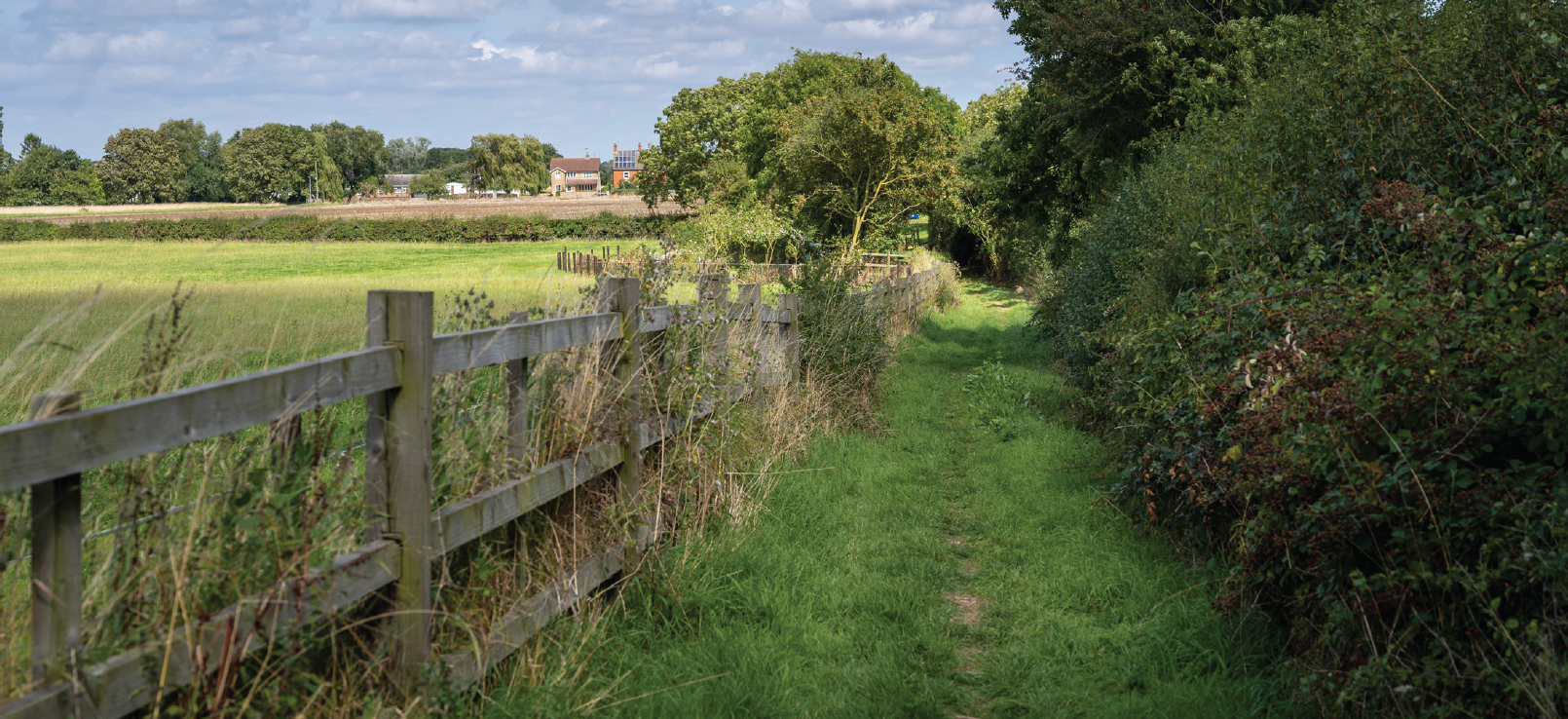Consenting process and next steps
The proposed reservoir is a strategic regional asset. Due to the scale and volume of water it can hold, we’ve always intended for it to be treated as a Nationally Significant Infrastructure Project (NSIP), which are treated separately from local authority planning processes. The Secretary of State for Environment, Food and Rural Affairs (DEFRA) has now confirmed this classification.
The government agency responsible for examining NSIPs is the Planning Inspectorate. We will work with them as we prepare our application and submit it for acceptance. Once accepted by the Planning Inspectorate, a panel of inspectors will be appointed who will then examine the application before making a recommendation to the Secretary of State as to whether the project should be granted development consent. It is the Secretary of State that makes the final decision.
Our application for development consent will include the area of land we would require, either permanently or temporarily, to build the project. We’ll continue to refine and consult on our proposed project boundary before submitting the application. Ultimately, this will include the land needed for the reservoir and its associated water infrastructure, and wider areas of land required for construction, environmental mitigation and enhancement, and other enabling works needed to build the reservoir. Supporting information will also form part of our application, including our assessments of any impacts and plans for mitigating them.
Local people and stakeholders have an important role to play to help inform how the project is developed and designed. During this pre-application phase, we will be gathering your feedback to help shape our proposals before we submit the application to the Planning Inspectorate.
Our summer 2024 consultation was the second phase in a multi-phase consultation approach.
We published a summary of what people told us during the phase two consultation, along with our responses to the comments in early 2025. You can view this here.
Having considered this feedback, it's clear people want us to think carefully about, and provide more information on, specific areas including construction impacts, and traffic and transport. These are important issues for us too.
We’re now intending to hold an additional phase of non-statutory consultation in spring 2026, where we will provide an update on our proposals and more detailed information on these important areas.
Our timeline
Both of our new reservoirs in Lincolnshire and in the Cambridgeshire Fens are a key part of our latest Water Resources Management Plan (WRMP) which sets out when each reservoir is needed. Our WRMP has been approved by the government and is published on our website.
To ensure we deliver that plan, while also managing impacts on customer bills over the next five to 10 years through our AMP8 and AMP9 periods, we reviewed some of the timings for the reservoir in Lincolnshire in late 2024.
Our target for the reservoir to be in supply by 2039 at the earliest remains the same, but the pre-application phase has been be extended by approximately two years.
We’re now intending to hold an additional phase of non-statutory consultation in spring 2026, where we will provide an update on our proposals and more detailed information on the topics we know are important to people. Our statutory consultation is now planned to take place in 2027, with our application for development consent planned for submission in late 2028/29.
To keep up to date with the project, you can subscribe to our e-newsletter here.
While the project has now been confirmed as an NSIP, our indicative timings haven’t changed since we reviewed them in late 2024.
You can see where you will have the chance to comment on our proposals on this timeline

